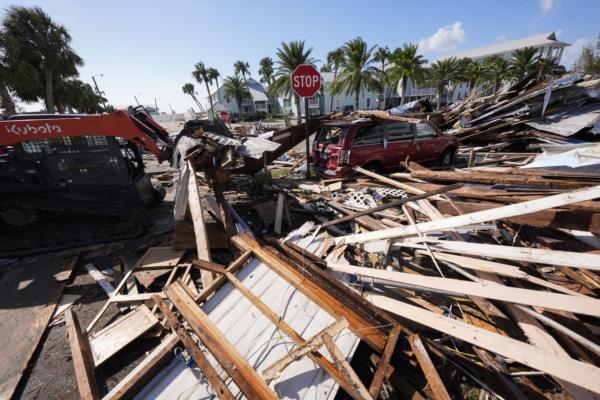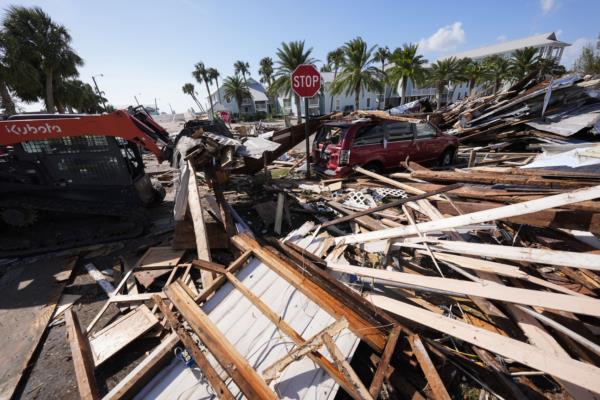
Two separate climate analyses of Hurricane Helene have revealed the significant impact of fossil fuel pollution on exacerbating the already disastrous situation. Researchers from Lawrence Berkeley National Laboratory utilized methods from previous attribution studies and determined that climate change led to over 50% more rainfall during Hurricane Helene in certain parts of Georgia and the Carolinas. The study further highlighted that the rainfall in these regions became up to 20 times more likely due to global warming.
Another analysis, conducted by ClimaMeter, a network of European climate scientists specializing in framing extreme weather events in historical climate context, compared Hurricane Helene to similar weather patterns. This comparison indicated that the warmer ocean and atmosphere intensified the storm's effects. ClimaMeter's findings suggested that storms like Helene are now approximately 20% wetter over the Southeast US, and hurricanes originating from the Gulf of Mexico are up to 7% windier compared to those from previous decades.



Both independent analyses emphasized that Hurricane Helene was a notably unique event that would have posed a significant threat even without the additional heat present in the ocean and atmosphere. Rapid attribution studies, conducted immediately following weather and climate disasters, involve examining meteorological variables and comparing them to past storms or modeled scenarios unaffected by human-induced warming. This approach enables scientists to estimate the specific role played by climate change in influencing the events and outcomes.







